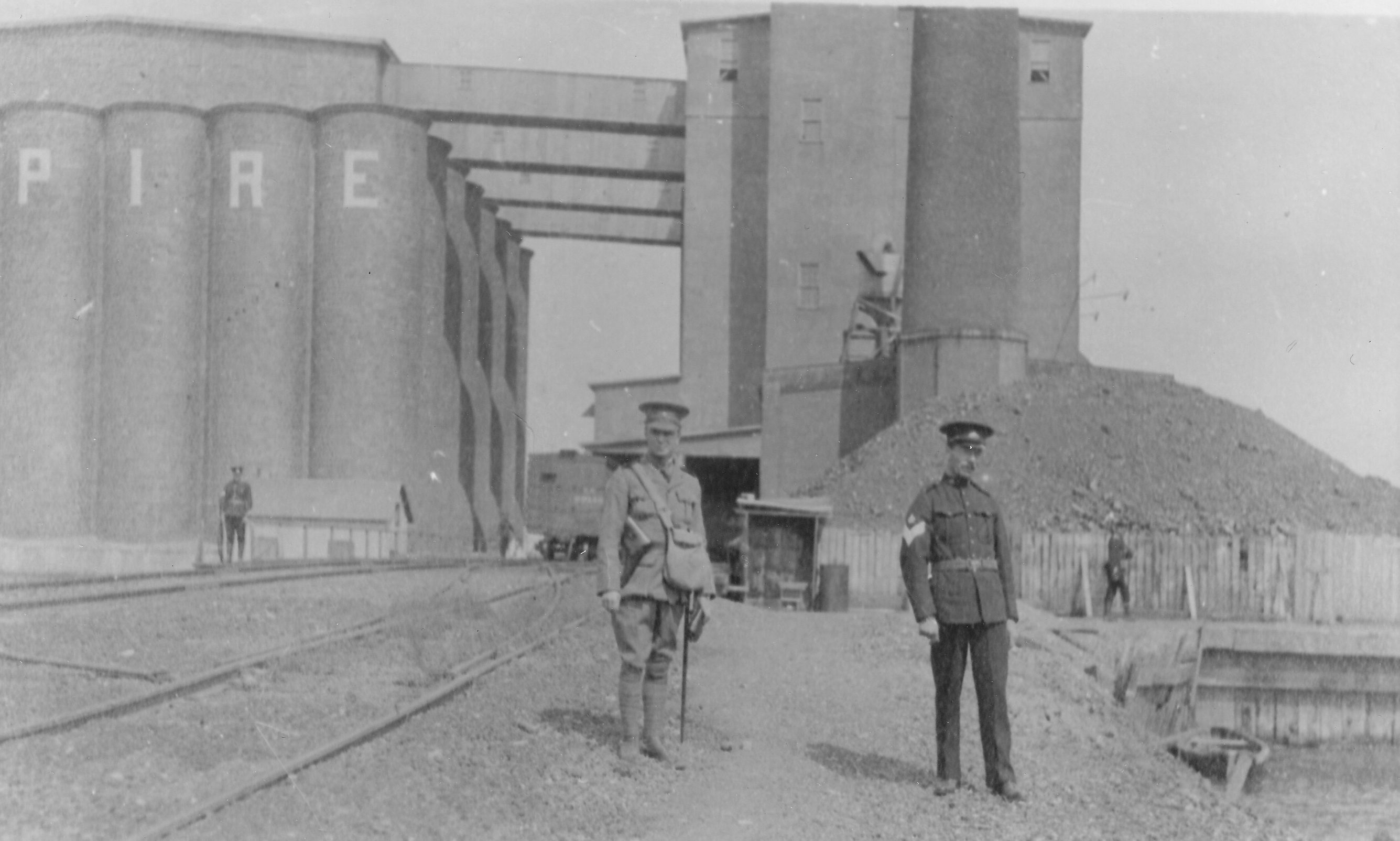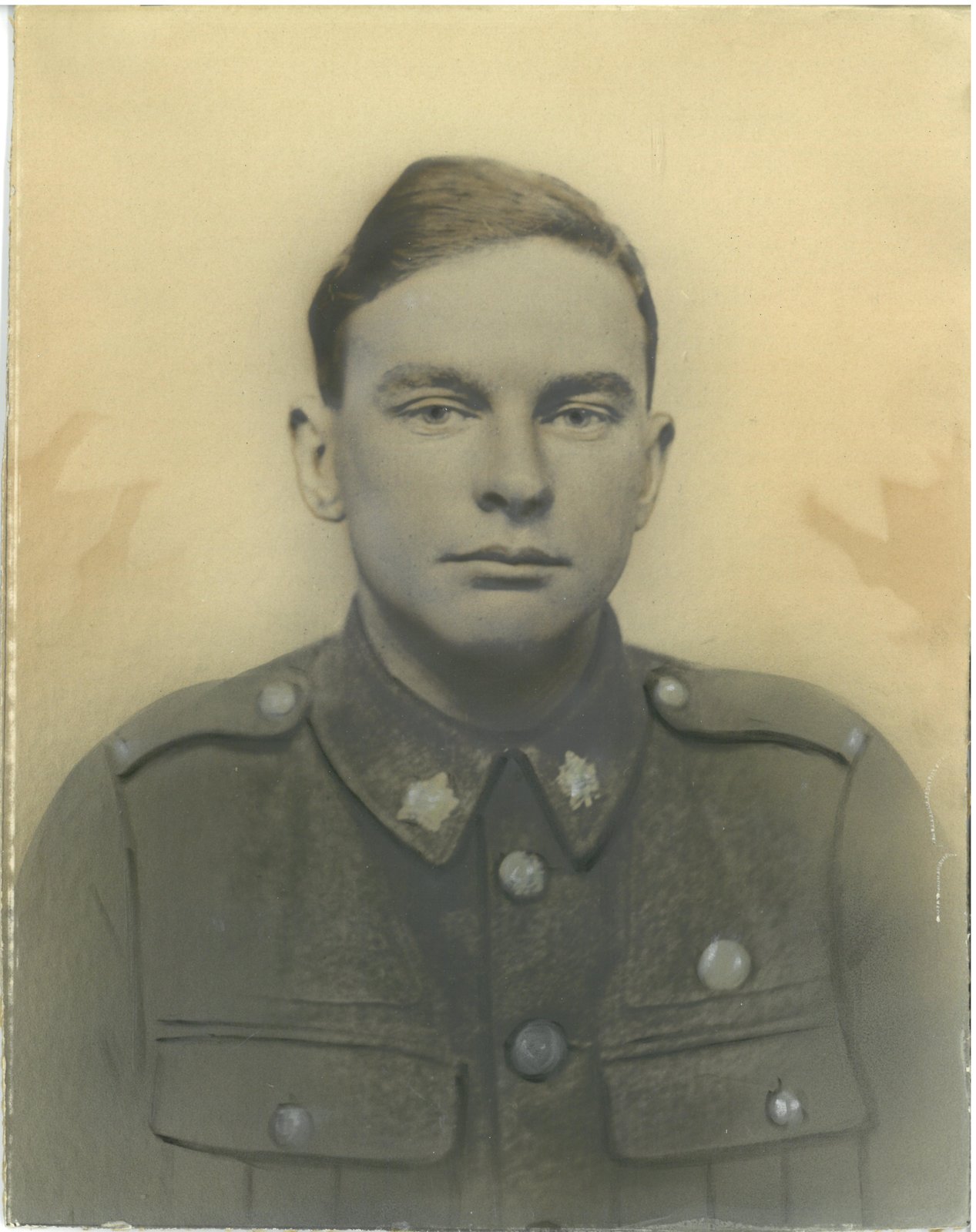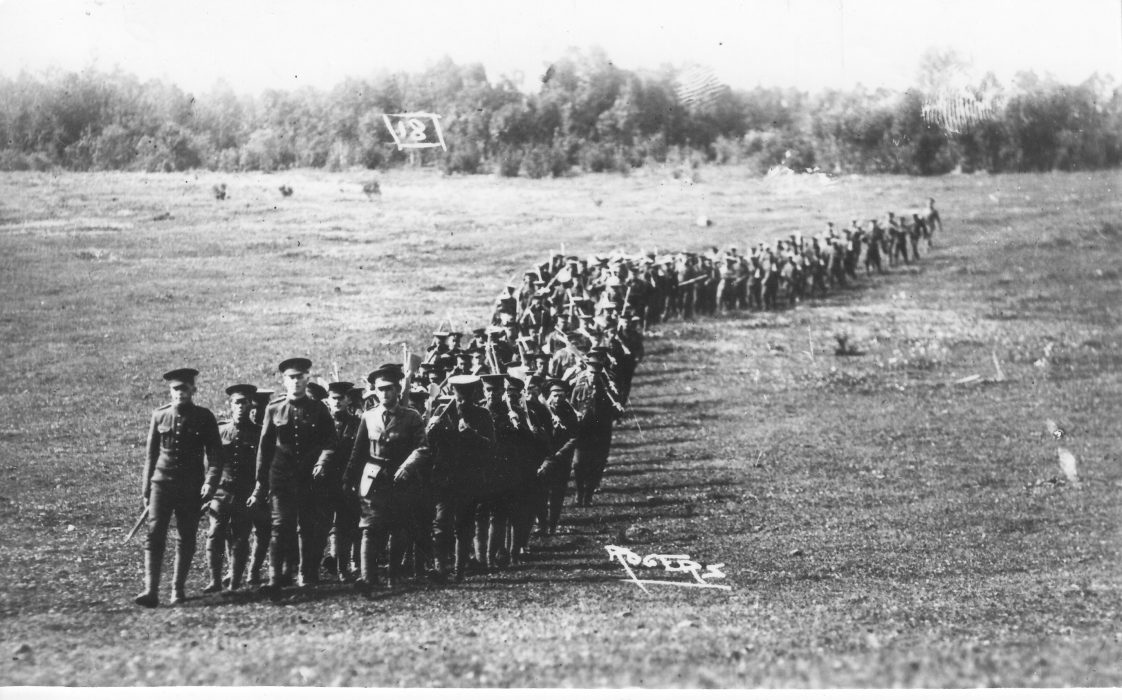World War I Thunder Bay Centennial Project
By Jesse Roberts, Thunder Bay Public Library
One hundred years ago, November 11 was another day in the agonizing conflict known as the Great War. Remembrance Day originated as Armistice Day, which was inaugurated in 1919 to commemorate the end of hostilities in the First World War, a time during which the communities of Fort William and Port Arthur endured immense change and loss.
By November 1917, the conflict that most people initially expected to be over by Christmas of 1914 had taken on global significance and touched the lives of everyone in the twin cities. During the first three years of the war, local newspapers reported the deaths of 367 individuals and published over 800 letters written home from the front lines.
Northwestern Ontario recruitment levels often surpassed national expectations, and military activity on the homefront began immediately with the 96th Regiment appointed to guard the grain elevators and terminals that made up so much of Fort William’s economy. The bulk of expenses were expected to be covered by elevator owners. Regiments utilized training facilities located in Gresley Park in Port Arthur throughout the war years. Local military personnel were also regularly showcased in the media for their achievements, such as Ernest Potter, W. J. Huston, and C. P. J. O’Kelly.
Municipal activity in Port Arthur and Fort William reflected an ongoing commitment to the developing needs of both the national war effort and local interests. City councils addressed or discussed matters related to job security for city employees who enlisted, economic stability, and more. Of particular note was the topic of financial aid to organizations connected to the war effort. Requests to council occurred on a regular basis and ranged in size and context. By the fall of 1917, the Port Arthur City Council was also fielding requests for the donation of aeroplanes to the Canadian Aviation Fund, along with multiple organizations and community groups seeking the free use of city-owned spaces for meetings and other work.

Archie Gibbons
The war experience for those not at the front line included a great deal of social activity. Public talks and lectures were given by those who had returned home, such as the one presented in July 1917 by Capt. R. J. Manion, who had been prominently featured in both local newspapers that summer and would go on to publish A Surgeon in Arms in 1918. Dances, teas, and socials were held throughout the war years to raise funds for various causes. A full-scale carnival was held in June 1917 in aid of the Canadian Prisoners of War and the Great War Veterans’ Association. Further work at home included food control measures and the introduction of the Victory Bond campaign to increase resources available at the front.
This month we remember the events that occurred a century ago. The World War I Thunder Bay Centennial Project is available online at tbpl.ca/worldwarone for anyone interested in learning more about the role of Thunder Bay in the First World War.














